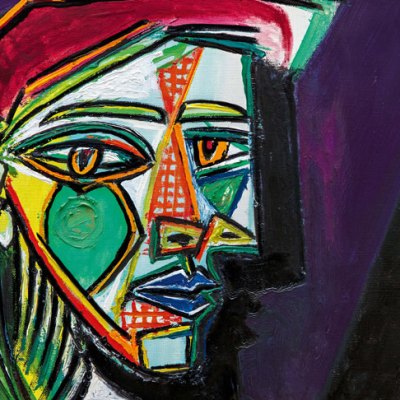The display of paintings, garments and figurines at the Blanton Museum of Art in Texas (14 August–8 January 2023) reveals how fabrics produced in Latin America during the 1700s became significant markers of identity. The exhibition comprises more than 70 objects produced in five countries from the Spanish Americas, organised into sections such as ‘Wearing Social Status’ and ‘Ritual Garments’, which consider the craftsmanship involved in producing the textiles and how they were used as indicators of social positioning. The opening section focuses on manufacturing processes and includes the Cuzqueña painting Virgen de los Sastres (Virgin of Tailors), which highlights tailors of mixed-race descent, who played an important role in the production of religious clothing made from imported European materials such as silk and brocades. Later sections present two paintings from the Cusco School, including Neustra Señora de Belén con un donate (Our Lady of Bethlehem with a Donor) which depicts the 16th-century figure on a processional stand, dressed in gilded robes. Find out more on Blanton Museum of Art’s website.
Preview below | View Apollo’s Art Diary here
De Yndio, y Cambuja, nace Sambahiga (c. 1770), José Joaquin Magón. Photo: Janier Rodríguez Barrera; courtesy Museo National de Antropología, Madrid

Woman’s dress and petticoat (c. 1770). Photo: © Museum Associates/LACMA; courtesy Los Angeles County Museum of Art, Costume Council Fund

Immaculate Conception (c. 1740–80). Courtesy Blanton Museum of Art, The University of Texas at Austin




